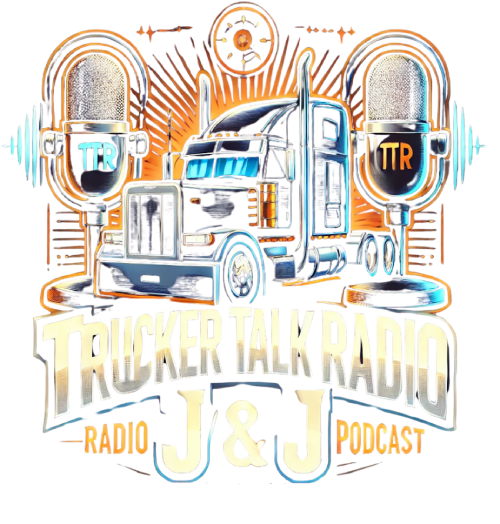In April, the Environmental Protection Agency (EPA) proposed stringent Phase 3 greenhouse gas (GHG3) regulations for heavy-duty vehicles, aiming to boost the number of zero-emission trucks on the roads.
The American Trucking Associations (ATA) shares the vision of minimizing greenhouse gas emissions and enhancing fuel efficiency. Our members are actively investing in a decarbonized future. However, we insist that any regulation must adhere to the following principles:
✅ Technology neutral
✅ Achievable
✅ Grounded in sound science
Regrettably, GHG3 fails to satisfy any of these criteria.
A survey conducted among our members highlighted substantial obstacles and complex challenges that motor carriers face while trying to transition to a zero-emission future, all while transporting over 72% of the nation’s freight. In response to this feedback, the ATA has participated in the regulatory process, submitting remarks urging the EPA to reconsider and ensure its regulations are technically feasible.
Our comments pinpoint seven critical flaws within GHG3 that jeopardize the supply chain, warning that without rectification, severe economic disturbances are likely to arise.
1. Reversing GHG2
The trucking industry has historically collaborated with the EPA to adopt the cleanest emissions technologies available. Therefore, the ATA is deeply disappointed by the EPA’s decision to revisit the established GHG2 regulations. Imposing new emissions standards for 2027-2030 disrupts manufacturers’ and fleets’ operations, affecting purchasing strategies and limiting product availability.
Solution: The EPA should not revisit GHG2 standards for 2027, which have been established through extensive stakeholder engagement, discussions, and negotiations.
2. Neglecting Alternatives
The proposed GHG3 regulation restricts fleets to battery-electric or hydrogen fuel cell options, disregarding other viable low-carbon fuel alternatives that make use of more cost-effective assets.
Solution: The EPA should embrace a fuel and technology-neutral strategy, incorporating established low-emission fuels like renewable diesel, biofuels, compressed natural gas, and clean diesel, which can significantly decrease emissions today while aligning with the industry’s operational needs.
3. Causing Instability
Previous EPA regulations matched the truck model refresh cycle, providing three years of regulatory coverage. In contrast, the GHG3 proposal sets new heavy-duty emissions standards each year starting in 2027, leaving inadequate time for testing and evaluating new technologies before they hit the market.
Solution: GHG3’s strict targets should not commence until the model year 2030 at the earliest, granting the EPA time to examine technology and enabling fleets and OEMs to gather crucial real-world data.
4. Risking New Technology
The EPA’s analysis assumes favorable reductions in battery and vehicle costs, energy generation, and infrastructure. However, evidence supporting these optimistic forecasts is limited.
Survey respondents expressed concerns about whether advancements in battery capacity will lead to immediate cost reductions. Noteworthy is that battery costs have remained relatively stable for light-duty electric vehicles, with some fleets reporting year-over-year price hikes.
Solution: More research and testing are essential to validate that the technology can scale to meet the trucking industry’s diverse duty cycles and working conditions.
5. Burdening with High Costs
The initial costs of acquiring zero-emission vehicles are generally higher than those for clean-diesel vehicles. Before incentives, prices can be two to three times greater for battery-electric trucks and up to seven times higher for hydrogen fuel cell Class 8 trucks.
While the payback period under GHG2 for a tractor is about two years for 2027 models, GHG3’s timeframe could stretch to eight years, considering the IRA vehicle tax credits, which will expire in 2032. Without these credits, the payback could extend to 14 years.
Many motor carriers surveyed believe the payback period for a zero-emission truck would be a minimum of seven years. If fleets do not achieve expected returns on investment, they may retain their current older equipment longer, resulting in higher emissions from older trucks.


